REI's Wall of Litho Stones
A trove of century-old litho stones from the Puck Building's printing days were discovered behind a cellar wall, and are now hanging in the store.
In 2011, while the REI store in the Puck Building in Manhattan’s SoHo district was undergoing renovation, workers made an unexpected discovery. Hidden behind one of the walls of the cellar were more than 100 lithography stones from the building’s days as a printer. They are now on display on the store’s lower floor.
The historic building got its name from the magazine Puck, the first wide-reaching humor publication in the United States, which was founded in 1871 and moved to lower Manhattan in 1887. It shared the space, in a mutually beneficial relationship, with its printer, J. Ottman Lithographic Company. Their shared headquarters was the largest building in the printing district at the time.
J. Ottman Lithographic Company printed many things beyond the Puck magazines, including theatrical posters and board games. Among the works now hanging on the REI wall are a high school diploma, a certificate of election, and a mortgage bond. Some of the litho stones are in rougher shape than others.
Most of the writing and images on the stones is “backwards,” standard practice so that the final print is the reverse of what is seen on the plate or stone. Some, though, were prepared for offset printing, which involves an additional step between the plate and the final product. The inked image, prepared “forwards,” or as it would be seen in the final product, is first transferred to a rubber blanket, reversing the image once, and then to the final surface, setting it right.
Puck continued to operate out of the Puck Building until 1918, when it ceased publication. It was known for beautiful, full-color lithographs and sharp political satire. Statues of the magazine’s mascot, Puck, decorate the outside of the building. J. Ottman Lithographic Company shuttered around the same time. Other printing companies, and even another satirical magazine, have called the building home since the original tenants left.
During REI’s renovation, a deliberate effort was made to repurpose materials from the original building. Fixtures from the steam engine that powered the presses are on permanent display, including two flywheels and the governor. Nineteenth century I. P. Frink chandeliers, newly fitted with LED lights, help light the main floor.












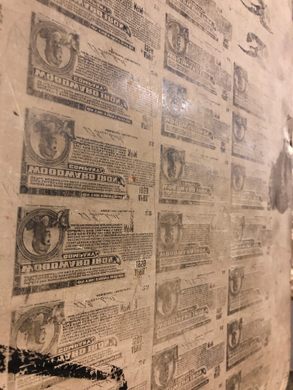
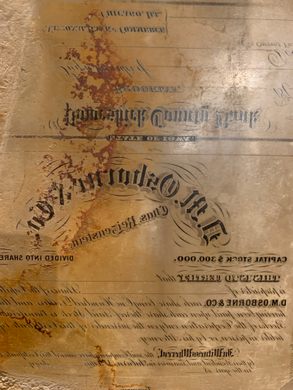
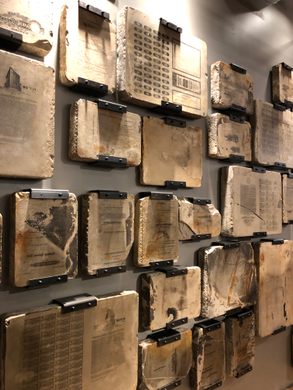
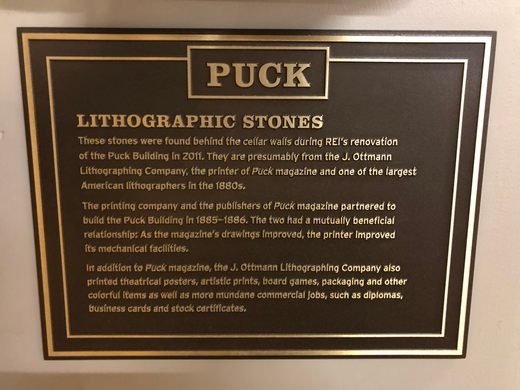
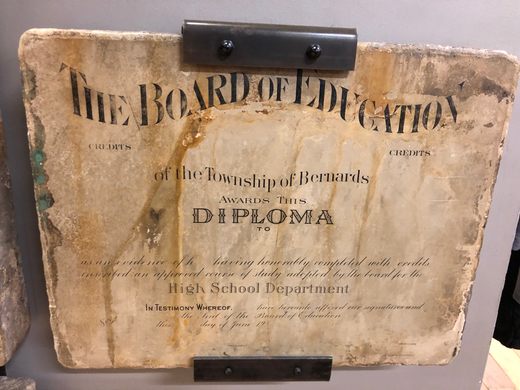




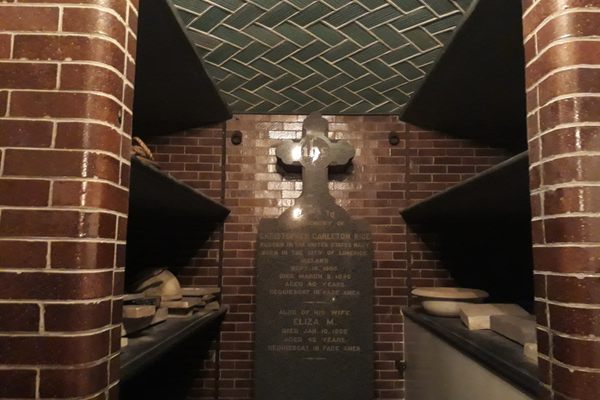

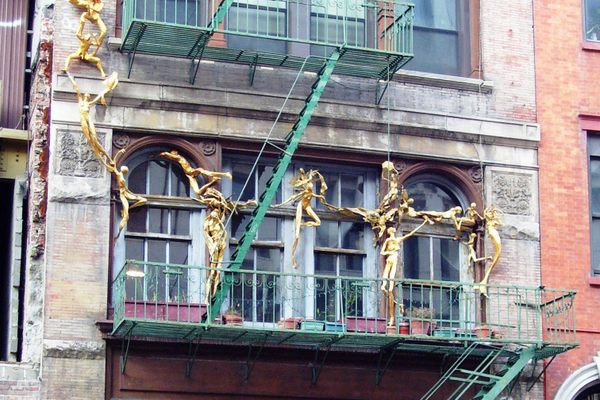

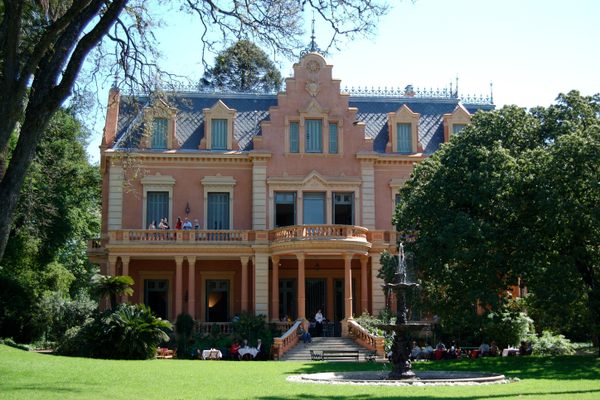
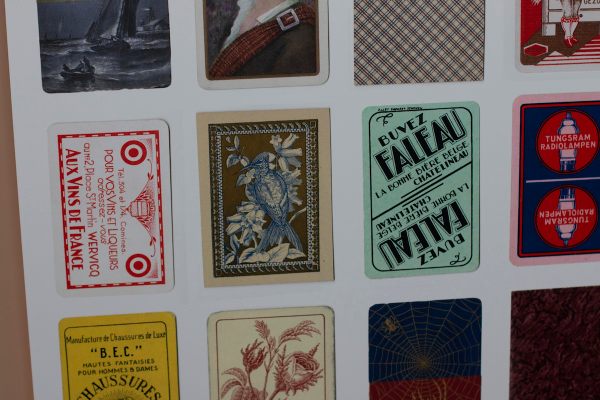




Follow us on Twitter to get the latest on the world's hidden wonders.
Like us on Facebook to get the latest on the world's hidden wonders.
Follow us on Twitter Like us on Facebook